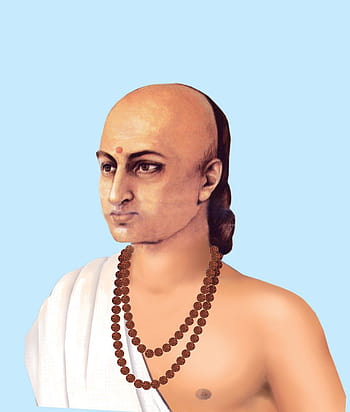
Aryabhata, also known as Aryabhata I or Aryabhata the Elder, was an ancient Indian astronomer and mathematician whose life and work are documented for modern scholars. He should not be confused with a 10th-century Indian mathematician bearing the same name. Aryabhata lived around 476 CE, and his birthplace is believed to be Ashmaka or Kusumapura, India. His significant contributions took shape in Kusumapura, located near Patalipurta (modern-day Patna), which was the capital of the Gupta dynasty during his time. Aryabhata is credited with composing at least two notable works: the “Aryabhatiya,” composed around 499 CE, and the now-lost “Aryabhatasiddhanta.”
The “Aryabhatasiddhanta” had a significant impact on the development of Islamic astronomy, especially in the northwestern regions of India and through interactions with the Sāsānian dynasty in Iran (224–651 CE). Elements from this work were preserved to some extent in the writings of subsequent astronomers, such as Varahamihira (around 550 CE), Bhaskara I (around 629 CE), Brahmagupta (598–around 665 CE), and others. Notably, Aryabhata’s work was among the earliest astronomical texts to establish the start of each day at midnight.
The “Aryabhatiya” gained particular popularity in South India, where numerous mathematicians wrote commentaries on it over the following centuries. This work, composed in verse couplets, covers topics in both mathematics and astronomy. It is structured into three sections: “Ganita” (Mathematics), “Kala-kriya” (Time Calculations), and “Gola” (Sphere).
In the “Ganita” section, Aryabhata introduces the first ten decimal places and provides algorithms for calculating square and cubic roots using the decimal number system. He also makes significant geometric contributions, approximating π as 62,832/20,000 (= 3.1416), a value very close to the actual π value of 3.14159. Aryabhata explores properties of similar right-angled triangles and intersecting circles and uses the Pythagorean theorem to develop one of two methods for constructing his table of sines. Additionally, he makes advancements in mathematical series, quadratic equations, compound interest, proportions (ratios), and the solution of various linear equations, including a general solution for linear indeterminate equations.
In the “Kala-kriya” section, Aryabhata delves into astronomy, specifically planetary motion along the ecliptic. Topics encompass definitions of various time units, models of planetary motion involving eccentric and epicyclic orbits, corrections for planetary longitudes at different Earth locations, and an astrological theory known as the “lords of the hours and days” used to determine favorable times for actions.
The “Gola” section of Aryabhatiya focuses on spherical astronomy. Here, he applies plane trigonometry to spherical geometry, projecting points and lines from the surface of a sphere onto appropriate planes. Topics include the prediction of solar and lunar eclipses and an accurate assertion that the apparent westward motion of stars results from the spherical Earth’s rotation on its axis. Aryabhata also correctly attributes the luminosity of the Moon and planets to reflected sunlight.
In summary, Aryabhata, or Aryabhata the Elder, stands as a pioneering figure in the history of Indian mathematics and astronomy. His works, the “Aryabhatiya” and “Aryabhatasiddhanta,” made substantial contributions to these fields and influenced subsequent generations of mathematicians and astronomers in India and beyond.

